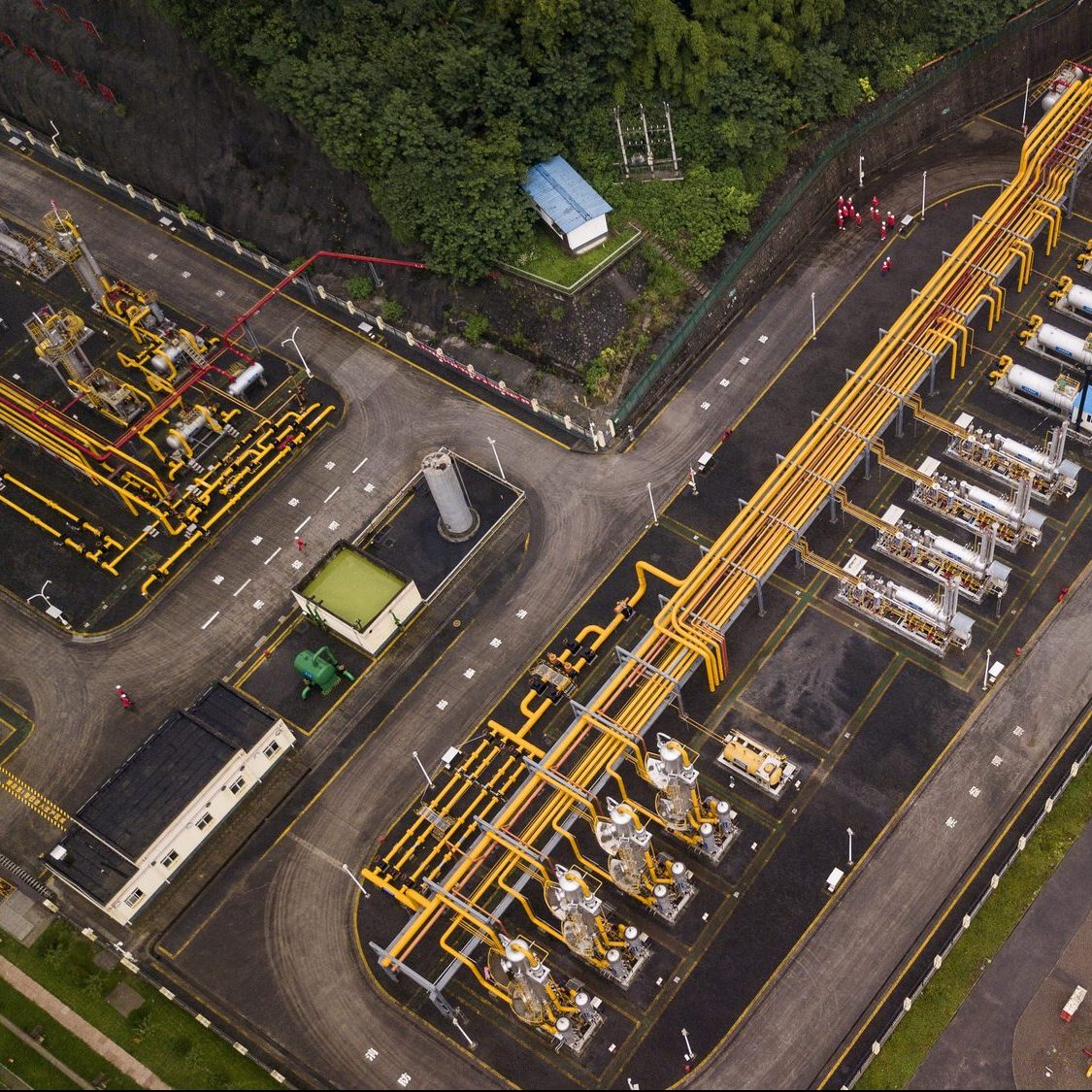Buildings are a major source of carbon pollution, and in the U.S., direct fuel use in commercial and residential buildings comprises 8% of total carbon emissions nationwide. With investments in clean energy and energy efficiency, utilities, cities, and states can curb 15% of carbon emissions from buildings.
Buildings
Retrofit buildings at key trigger points
Retrofitting existing, less energy-efficient buildings is a critical component to reducing emissions – and making impactful changes doesn’t require input from the federal government. Local governments, real estate companies, and utilities can come together to implement new programs and policies to maximize carbon savings achievable through retrofits.
Case Study
Retrofit Chicago is Building Energy Efficiency
From small residential properties to offices, hotels, and municipal buildings, Chicago is retrofitting buildings as the city works to curb emissions and maximize energy efficiency. Retrofit Chicago has achieved an 18% reduction in energy use in buildings across the city – and starting in 2019, the city will also enact a rating system for building energy efficiency.

Electrify building energy use
Americans currently burn large quantities of fossil fuels directly in our homes and commercial businesses, resulting in over 500 million tons of carbon pollution per year. Shifting to electricity to provide heating and cooling needs is a powerful opportunity to cut carbon pollution, particularly when combined with continuing to shift the electricity grid to renewable sources.

Case Study
Boulder Launches Multi-City, Public-Private Partnership to Curb Building Emissions
Boulder, Colorado has helped launch a multi-city initiative to rapidly transition buildings off their dependence on natural gas for space and water heating. The initiative – which includes over 20 U.S. cities – is achieving this goal through the electrification of existing natural gas uses with high-efficiency heat pumps. The group of cities has joined forces with major heat pump manufacturers and suppliers in the HVAC industry to develop policies, market infrastructure, and financial mechanisms to accelerate this transition.
